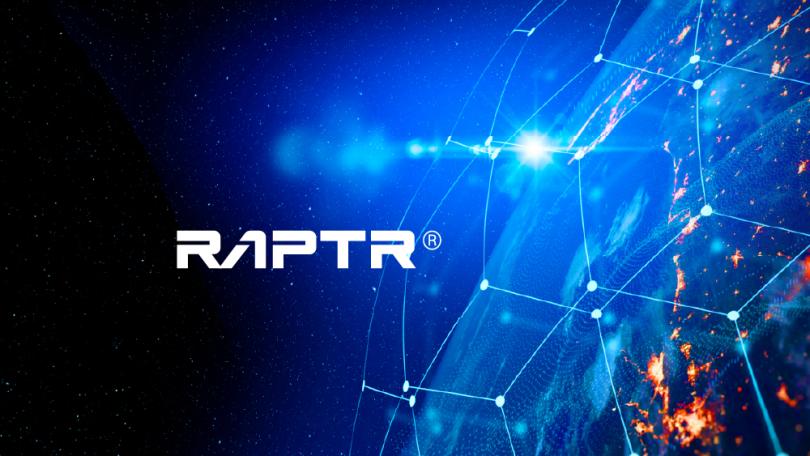

When Golden Dome Hits the Ground: Building a Shield from Earth to Orbit
Jared Summers Space, Defense TechnologySpace is central to the Golden Dome strategy, but the fight does not begin or end in orbit. The battlefield stretches across land, sea, air, and cyberspace, where U.S. systems are contested daily by adversaries who innovate quickly, exploit vulnerabilities, and adapt faster than legacy defenses can respond.
To stay ahead, Golden Dome must also take root on the ground. Securing the terrestrial domain must be a mission requirement. Protecting the homeland, defending U.S. forces, and deterring tomorrow’s threats demands a multi-domain shield that is resilient, adaptive, and free from the limits of yesterday’s systems.
Breaking Free from Outdated Architectures
For too long, defense networks have relied on structures that, once considered innovative, are fragile by today’s standards. Hub-and-spoke communication models or tightly siloed systems cannot stand up to modern threats. They assume reliable connections, centralized decision-making, and uncontested environments—assumptions that are no longer true.
Adversaries now target those weaknesses with increasing sophistication. To meet this challenge, we need a new approach: a dynamic network that fuses sensors, communications, and effectors to detect, track, and neutralize threats while synchronizing across every environment, from the ground to orbit.
In short, Golden Dome must become as adaptive as the adversaries it seeks to deter.
Lessons from Modern Conflict
Nowhere is this more evident than in current conflicts. Jamming, spoofing, and other forms of electronic warfare—once occasional disruptions—are now constant features of the fight. Systems that depend on uninterrupted connections or predictable communication patterns quickly become vulnerable.
"U.S. systems are contested daily by adversaries who innovate quickly, exploit vulnerabilities, and adapt faster than legacy defenses can respond."
The lesson is stark: hope is not a strategy. We cannot assume legacy systems will survive in contested environments. Instead, we must build defenses that expect interference and can adapt to it. Golden Dome, when extended into terrestrial operations, must be resilient enough to thrive in an environment where disruption is the norm, not the exception.
The overreliance on cloud-based systems is another weakness exposed in recent conflicts. Cloud infrastructure enables speed and scale in many settings, but it also creates a dependency on connectivity that adversaries can exploit. If a unit cannot connect, its defenses stall—an unacceptable risk.
Golden Dome must be capable of operating independently at the edge, alerting forward units to threats without waiting on remote servers. It means sustaining operations even when cut off from central hubs. And it means treating cloud access as an accelerant, not a requirement. By engineering for independence, we preserve decision-making and agility where it matters most—on the front lines.
A New Lens for Analysis and Planning
Modern operations demand more than static plans. In contested environments, availability of systems alone doesn’t determine success, effectiveness does. Commanders must craft a joint scheme of maneuver that accounts for how sensors, communications, timing, and positioning will perform under pressure, and how vulnerabilities in one area can ripple across the mission.
What’s needed is a sharper, reality-based way to evaluate defenses: one that exposes strengths and weaknesses before decisions are made, and that allows leaders to wargame courses of action with confidence. This shift, away from assumptions and toward evidence-backed foresight, transforms uncertainty into preparedness.
Through innovations like Terrestrial Cell in our RAPTR platform, LMI is helping commanders see contested environments with greater clarity. The technology matters, but the lesson is broader: when planning aligns with reality rather than assumptions, leaders gain the confidence to act decisively under uncertainty.
"Extending [Golden Dome] into the terrestrial fight ensures we use both existing and future systems to stay ahead of threats, rather than reacting to them."
A Shield Worth Building
Golden Dome must be about integrating the role of space with conflict on the ground. Satellites will remain critical to every step of the modern threat elimination chain: finding, tracking, targeting, engaging, and assessing. Their true value is multiplied when paired with resilient terrestrial systems.
A comprehensive Golden Dome brings these elements together into a seamless defense shield. By blending the reach of space with the agility of terrestrial networks, the Joint Force gains both perspective and precision. It can see the fight more clearly and act with greater assurance, even when adversaries try to blind or disrupt it.
The idea of an integrated, adaptive Golden Dome may once have seemed like a future ambition. Today, it is a necessity. Conflicts unfolding around the world demonstrate how quickly technology evolves and how relentlessly adversaries exploit weaknesses. Waiting is not an option.
“Golden Dome must become as adaptive as the adversaries it seeks to deter.”
While many of yesterday’s systems will remain integral to the nation’s defense, real change depends on how we connect them, integrate them with emerging technologies, and enable them to operate seamlessly together. Golden Dome offers that path forward: an integrated, adaptive, and resilient defense that spans every domain. Extending it into the terrestrial fight ensures we use both existing and future systems to stay ahead of threats, rather than reacting to them.
This is the shield our forces deserve. This is the shield we must build.


Jared Summers
Sr. Vice President, Chief Technology OfficerJared Summers serves as the Chief Technology Officer where he drives digital transformation in the public and private sectors.



